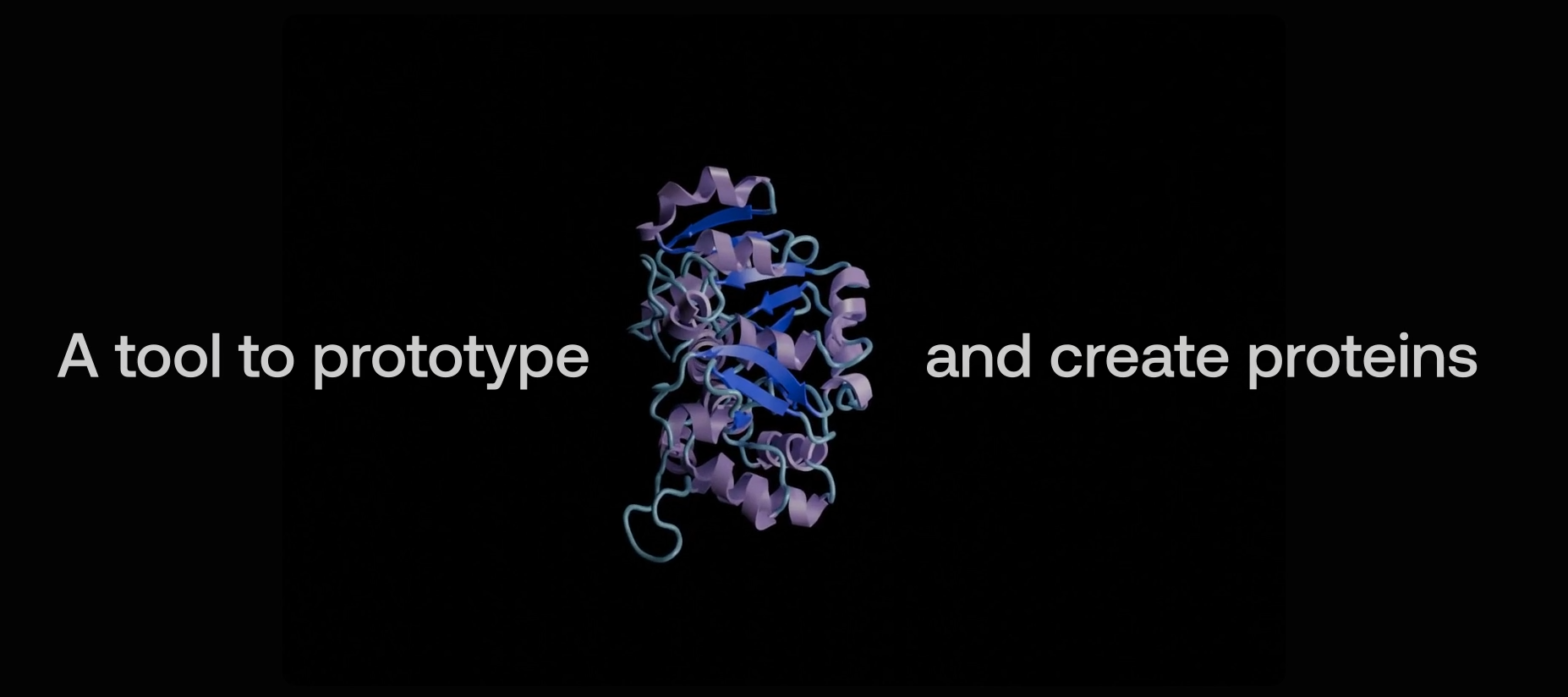Designing new proteins is important but a painfully slow and tedious process. That’s about to change with a new frontier model called ESM3 by a biotech company called EvolutionaryScale.
Proteins are the workhorses of biology, responsible for everything from muscle movement to fighting diseases. But designing new proteins has traditionally been a slow, painstaking process, akin to stumbling around in the dark. ESM3 uses language models to predict protein structures, functions, and even evolutionary trajectories.
Think of it as a supercharged version of predictive text, but instead of suggesting the next word in your sentence, it’s suggesting the next amino acid in a protein sequence. And it’s not just guessing; it’s making educated predictions based on a vast database of protein information, spanning billions of years of evolution.
This is pretty much a quantum leap in protein design. ESM3 is developed by a company called EvolutionaryScale. You can read about this breakthrough on their official announcement page or download the paper (PDF).
The most jaw-dropping demonstration of ESM3’s capabilities is its creation of esmGFP, a brand-new fluorescent protein. Fluorescent proteins are like nature’s glow sticks, found in creatures like jellyfish and corals. They’re also invaluable tools in biomedical research, used to light up cells and track biological processes.
What’s remarkable about esmGFP is its distance from any known protein. It’s so different that EvolutionaryScale estimates it would have taken natural evolution over 500 million years to arrive at a similar result. To put this in perspective, it took us far longer to know for sure that there is an evolutionary connection between dinosaurs and today’s birds even with the evidence staring us in the face (birds being more abundant and easily dissectible than protein structures).
So, what does all this mean for the larger world of bioengineering?
If ESM3 lives up to its promise, it could revolutionize fields like drug discovery, synthetic biology, and even materials science. Imagine designing proteins to target specific diseases, create new biofuels, or even build self-healing materials. The protein universe is insanely vast, so it’s easy to imagine that the potential opportunities here are also multidimensional and virtually never-ending.
But with great power comes great responsibility. The ability to design new proteins raises ethical questions about unintended consequences and potential misuse. The company is well aware of these concerns (and let’s face it, who wouldn’t be). In their defense, they have committed to a responsible development framework with transparency and accountability as two of the key pillars for their future development plans.
ESM3 is definitely a bold step into the uncharted territory of AI-driven protein design. To unlock the secrets of biology means potentially accelerating our ability to engineer life itself (or fix what’s wrong with it, at the very least). Whether this is a giant leap for mankind or a Pandora’s box remains to be seen.

